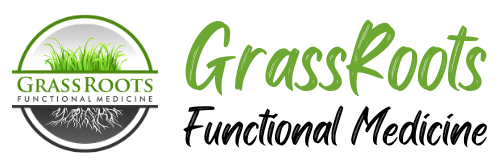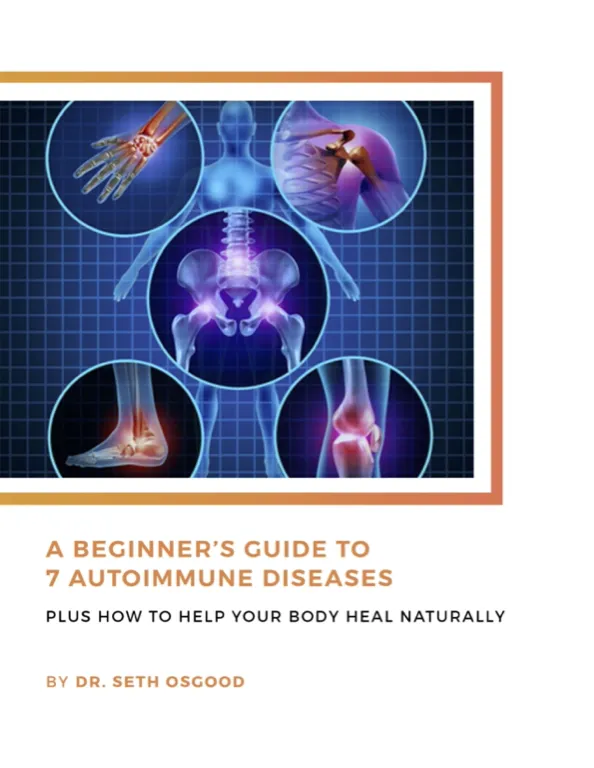More than one in four adults over the age of 40 take cholesterol-lowering medications, known as statins.
Yet these drugs are known to potentially increase your risk for diabetes, muscle damage, memory loss, liver damage, hormone imbalances, and much more.
Because of this, I’m often asked how patients can lower cholesterol without statins to avoid the risk of dangerous side effects.
The good news is there are lots of simple ways for you to take control of your health, optimize cholesterol levels, and reduce your risk for heart disease.
So let’s get into them!
1. Get the Right Testing
Most conventional doctors rely only on a basic cholesterol panel to assess your risk and determine your course of treatment. But that doesn’t tell the whole story.
In order to really know what’s going on with your cholesterol, we need to look at the specific types and sizes of cholesterol particles, along with checking for other important markers like oxidative stress, endothelial dysfunction, and inflammation.
(See the exact lab tests your doctor should order to assess your risk for heart disease in this free guide!)
With this information, you can get a true picture of where you stand and what factors you need to address.
2. Reduce Chronic Inflammation
Cholesterol is often pointed to as the single biggest, scariest risk factor for heart disease. And yet nearly 75% of people admitted to the hospital for heart disease have cholesterol levels within normal range. Clearly there’s another factor at play here, and that’s inflammation.
Chronic inflammation damages the lining of your arteries and causes oxidative stress, leading to jagged cholesterol particles that cause even more damage and inflammation.
That’s why efforts to reduce cholesterol levels should always be paired with strategies to lower inflammation, such as eating an anti-inflammatory diet, cutting back on sugar, minimizing toxin exposure, and reducing stress.
3. Uncover Hidden Causes of Weight Gain
Losing just 5–10 percent of your total body weight helps to reduce triglycerides and increase HDL levels.
However, if you’ve tried reducing calories and exercising more but the weight won’t budge, there may be an underlying cause for the excess weight. Thyroid dysfunction, other hormone imbalances, an inflammatory diet, toxic exposures, and chronic stress can all cause you to gain weight or make it very difficult to lose.
With the right testing, you can uncover what’s behind the extra pounds and address it at its source.
4. Take an Omega 3 Supplement
Omega 3 fatty acids are extremely beneficial for anyone concerned with cardiovascular disease because they reduce inflammation and help lower high triglycerides, regulate cholesterol, lower blood pressure, and prevent plaque buildup.
I take an Omega 3 supplement daily and recommend that all of my patients do as well if they aren’t getting sufficient amounts from your food. Your omega-3 index is another key lab marker that is absolutely essential everyone should know!
5. Eat Healthy Fats
There’s been a lot of confusion surrounding fats and heart health in the last few decades. First, fat was demonized and blamed for our skyrocketing rates of heart disease. We now know that’s not true, and certain fats actually have a positive impact on cholesterol.
Monounsaturated and polyunsaturated fats help increase good cholesterol, lower bad cholesterol, and reduce the oxidation that leads to clogged arteries.
These good fats can be found in avocados, wild-caught salmon, sardines, and olive oil.
6. Avoid Trans Fats
These fats, on the other hand, have the opposite effect and increase bad cholesterol while also lowering good cholesterol by as much as 20%.
Any foods that lists “partially hydrogenated oil” as an ingredient contains trans fat and should be avoided.
7. Ditch Added Sugar
Excess sugar is bad news any way you look at it. It contributes to obesity, diabetes, insulin resistance, heart disease, autoimmunity, and other chronic conditions.
In a study examining sugar intake and cholesterol levels, scientists found that people who ate the most sugar had the highest blood triglyceride levels and the lowest levels of good cholesterol.
In my clinic, we work with you one-on-one to formulate a personalized dietary plan that addresses all sources of sugar, including complex carbohydrates, fruits, and starchy vegetables.
However, a great place to begin is by cutting out all sources added sugar, including sodas, baked goods, desserts, candy, and sugary cereals.
I’ve helped hundreds of patients lower cholesterol without statins and other problematic pharmaceuticals and reclaim their health naturally. The program we offer in our clinic, called the Adaptation Program, is based on sustainable lifestyle strategies that restore and protect your health for years to come.
If you need clarity on what’s going on, a team to help you overcome obstacles and hold you accountable, that is exactly what we do.
Check out our program to learn more and book your free discovery call to get started!
About the Author: Dr. Seth Osgood is a Doctor of Nursing Practice, Board Certified Family Nurse Practitioner and Institute of Functional Medicine (IFM) Certified Practitioner. Dr. Osgood received his post-graduate training in Functional Medicine through the IFM and from working with Dr. Amy Myers. He has helped people from around the world improve their health utilizing a Functional Medicine approach.
Want to work with Dr. Osgood and the GrassRoots team? Become a patient in our West Lebanon, New Hampshire Functional Medicine clinic, our Burlington, Vermont Functional Medicine clinic, or our Austin, Texas Functional Medicine clinic!






0 Comments